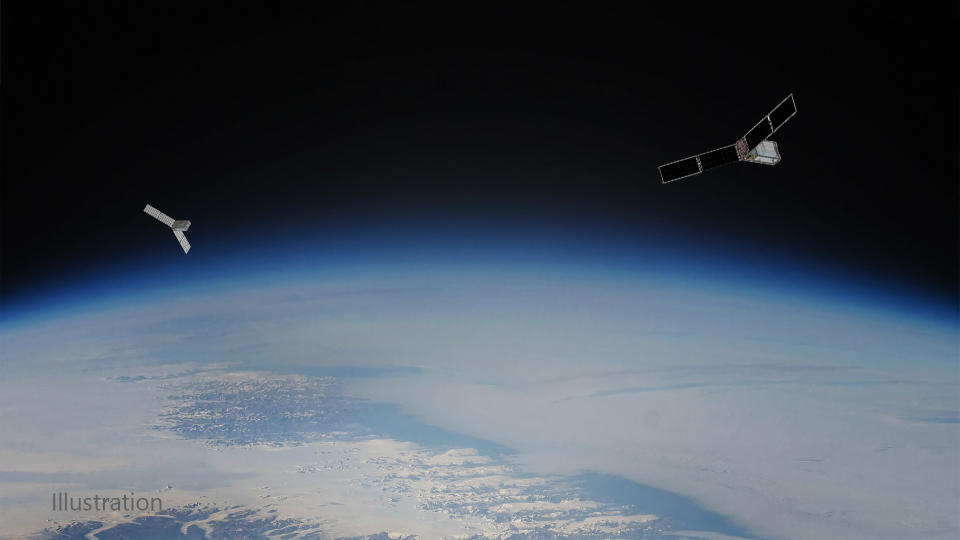One of NASA’s newest climate missions will soon fly into space on Rocket Lab’s Electron rocket.
Rocket Lab said this week that planning is continuing for two consecutive launches that will send NASA’s PREFIRE (Polar Radiant Energy in the Far-InfraRed Experiment) mission into space from the company’s Launch Complex 1 in Māhia, New Zealand. On board each rocket will be a CubeSat that will orbit the globe in near-polar orbits at an altitude of between 292 and 403 miles (470 and 650 kilometers).
The first launch is planned for May 22nd at the earliest and after the successful deployment of “Ready, Aim, PREFIRE”, the second with “PREFIRE and ICE” will follow within three weeks. These two launches will be Rocket Lab’s sixth and seventh launches of the year and Electron’s 48th and 49th launches to date.
Related: NASA’s twin spacecraft will travel to the ends of the Earth to combat climate change
“It is these types of missions where Electron truly thrives as a leading launch provider for dedicated small satellite missions,” Peter Beck, CEO and founder of Rocket Lab, said in a statement. “We have an excellent track record of getting NASA’s payloads exactly where they need to go, and we look forward to building on that record with our next successive launches.”
The 10-month PREFIRE mission will focus on climate change by taking measurements that can only be made from space, measuring the amount of heat Earth is losing from its polar regions. Once in a near-polar or asynchronous orbit, each PREFIRE satellite will collect information from its onboard sensors that are far more sensitive than previous spacecraft, allowing scientists to learn more about polar heat emissions in the far-infrared.

According to a opinion According to NASA’s Jet Propulsion Lab, the Arctic has warmed more than 2.5 times faster than the rest of the planet, with about 60% of the energy released into space not being able to be efficiently measured.
The PREFIRE mission will help add the remaining puzzle pieces to the Arctic warming mystery, allowing scientists to pinpoint which specific regions of the polar environment may be responsible for heat loss. The data will also help improve climate models and predict changes resulting from global warming.
SIMILAR POSTS:
– The US Space Force selects Rocket Lab for the 2025 Victus Haze space reconnaissance mission
— Rocket Lab launches new NASA solar sail technology into orbit (video, photos)
– Rocket Lab prepares to fly the electron booster again for the first time
“To help climate scientists better understand climate change, they need precisely localized measurements of Earth’s polar heat loss, which NASA’s PREFIRE mission aims to achieve. And to help the PREFIRE mission achieve its science goals, its satellites must be precisely and precisely stationed at their locations in space,” Beck added in Rocket Lab’s statement.
This is not the first time Rocket Lab has used Electron for NASA science and technology missions. it was also part of the CAPSTONE mission to the moon in June 2022, the TROPICS mission in May 2023, the NASA’s Starling mission in July 2023 and the upcoming NASA ACS3 rideshare mission.
